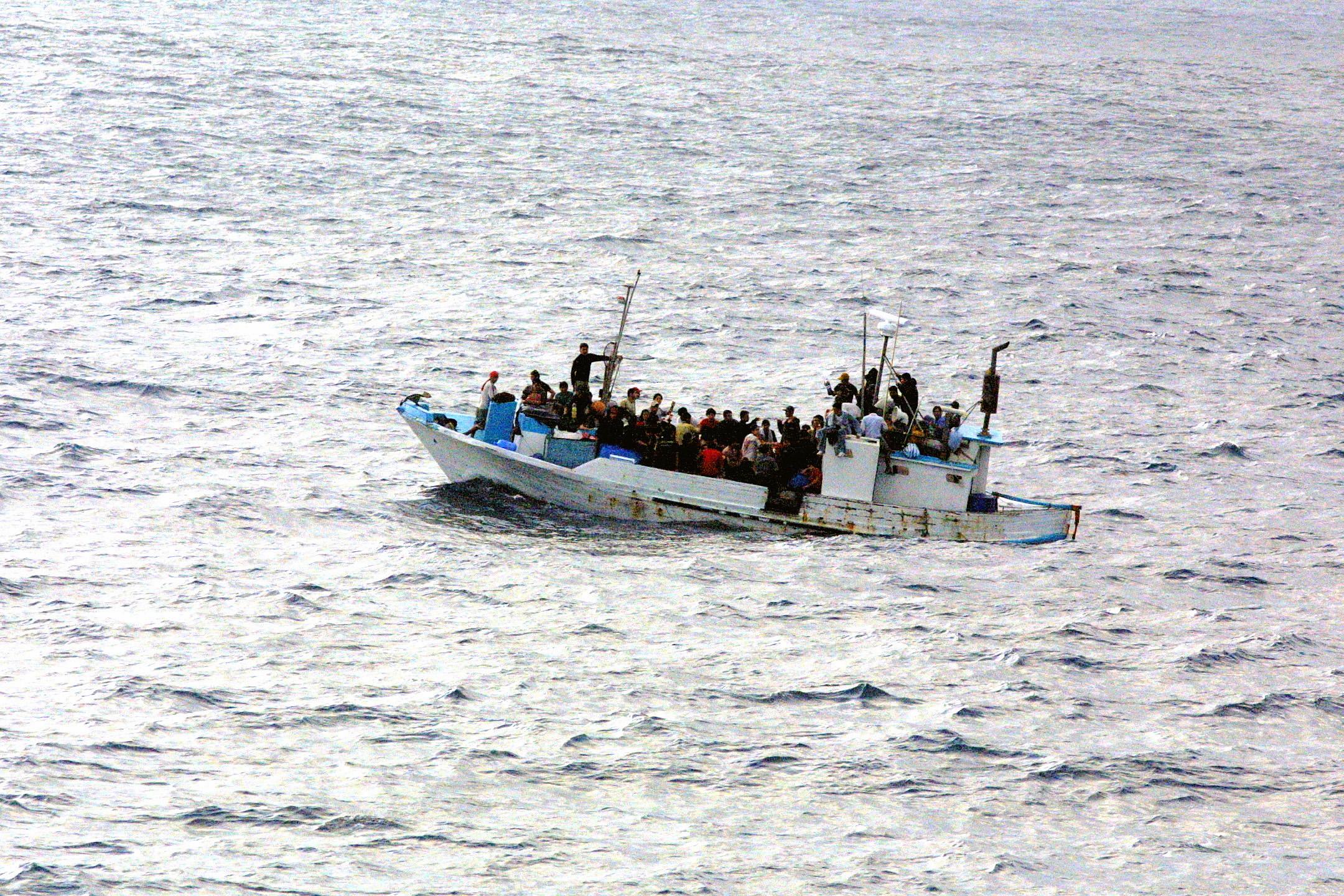Hello!
How are you? Today let's look at ukiyoe (浮世絵)! The picture above is by Kitagawa Utamaro, one of the most famous ukiyoe artists.
Do you think ukiyoe still has any impact on Japanese culture today? Perhaps in manga or anime? It might not seem that way - but ukiyoe did have a big impact on Western art in the late 19th and early 20th centuries.
Activity
Look at the pictures below. What do you think of them? Do you think that manga and anime were influenced (影響した) by ukiyoe? What do you think of the impact that it had on Western art that you see below? Choose one (1) of these works of art and write 1-2 paragraphs about your impressions of these pictures.
Bamboo Yards, Old Kyobashi Bridge (Utagawa Hiroshige)
Nocturne: Blue and Gold - Old Battersea Bridge (James McNeill Whistler)
Sudden Shower Over Shin-Ohashi Bridge and Atake (Utagawa Hiroshige)
Bridge in the Rain (after Hiroshige) (Vincent van Gogh)
Have fun with these! But before you go - here's one more for you to enjoy!
Shiba Zoujouji (Kawase Hasui)
See you next time!
Images: Top - by Kitagawa Utamaro - This image is available from the United States Library of Congress's Prints and Photographs divisionunder the digital ID jpd.02051.This tag does not indicate the copyright status of the attached work. A normal copyright tag is still required. See Commons:Licensing for more information., Public Domain, https://commons.wikimedia.org/w/index.php?curid=11159688/Bamboo Yards, Old Kyobashi Bridge - by Utagawa Hiroshige (歌川広重) - Online Collection of Brooklyn Museum, Public Domain, https://commons.wikimedia.org/w/index.php?curid=3790943/By ジェームズ・マクニール・ホイッスラー - Livre Peinture de paysage, de Norbert Wolf, Taschen, 2008. ISBN 9783822854655, パブリック・ドメイン, https://commons.wikimedia.org/w/index.php?curid=8616218/Sudden Shower Over Shin-Ohashi Bridge and Atake - by Utagawa Hiroshige (歌川広重) - Online Collection of Brooklyn Museum, Public Domain, https://commons.wikimedia.org/w/index.php?curid=226069/Bridge in the Rain (after Hiroshige) - by Vincent van Gogh - rwGc5ZWvzXZ0vA at Google Cultural Institute, zoom level maximum, Public Domain, https://commons.wikimedia.org/w/index.php?curid=13523165/Bottom - Shiba Zojoji - by Kawase Hasui, scanned by W.Schmidt - Collection Walter Schmidt, Public Domain, https://commons.wikimedia.org/w/index.php?curid=23985180
All images uploaded for educational purposes. All rights reserved on photographed images to the copyright holder(s). All rights on compositional works ultimately reserved to the artists’ descendants, designated heirs, and/or trusts and trustees.



























